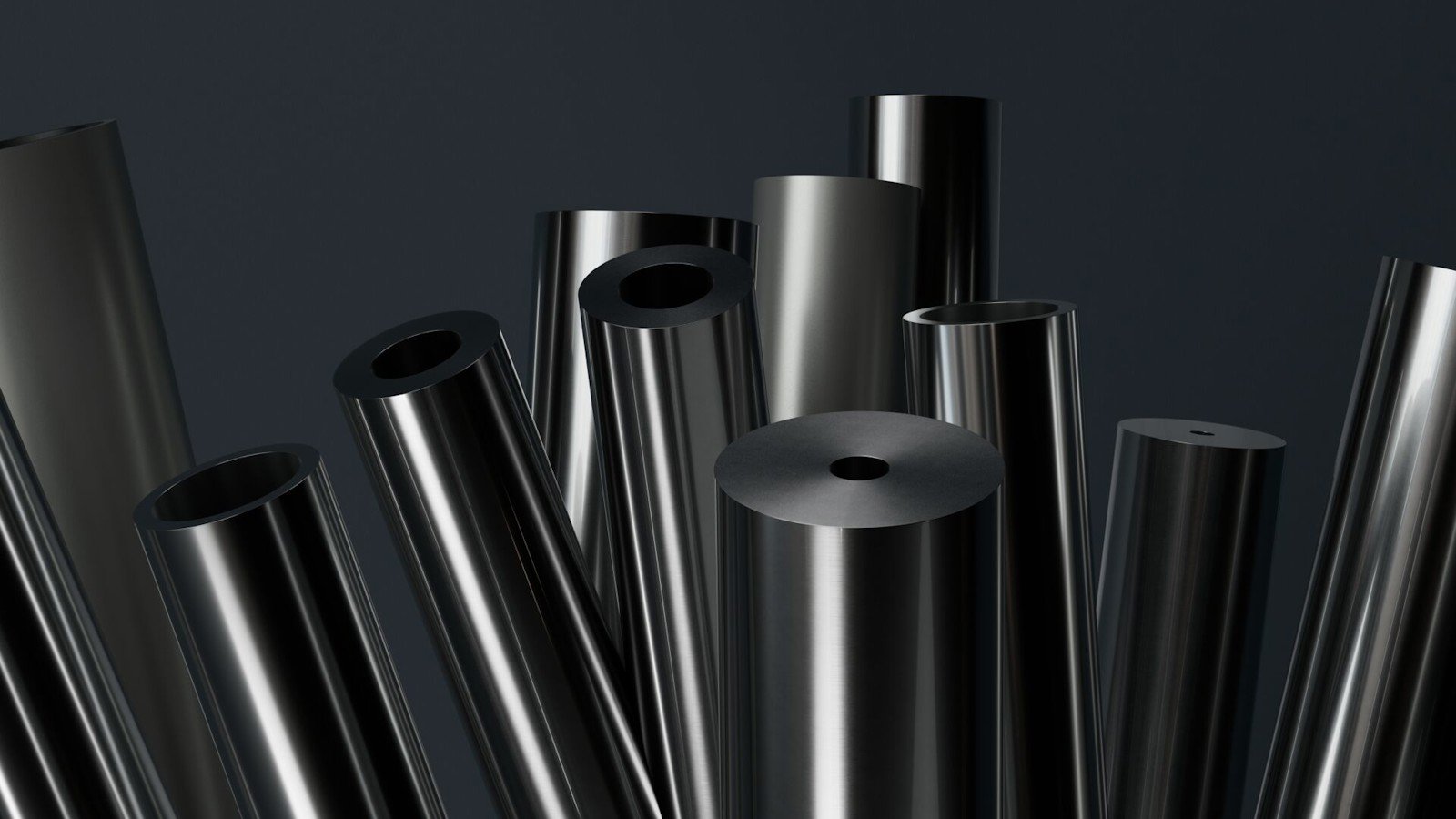Selecting the correct corrosion-resistant material for a nitric acid plant can be critical. High-quality stainless steel with low impurities and optimized corrosion resistance will not only reduce downtime but also extend plant lifetime.
The industry typically uses nitric acid at a 60 – 65% concentration. Nitric acid is strong but only becomes extremely corrosive when processed in high concentrations or at high temperatures. During the nitric acid process, ammonia is oxidized to produce nitric oxide, then oxidized further to form nitrogen dioxide and absorbed in water to give a solution of nitric acid.
Historically, the most commonly used stainless steel for the wetted parts of nitric-acid service has been the standard grade 304L. The grade performs well in contact with nitric acid at 65% up to about 100°C. However, corrosion becomes an issue at high pressures and temperatures up to 120°C (250°F) with higher nitric acid concentrations.
Examples where the use of 304L may not be appropriate include where nitrogen oxides (NOx) gas condenses exist in high temperatures (for example in a cooler/condenser) or if nitric acid is in contact with a hot metal surface (such as in the tail gas preheaters).
The corrosion of heat exchanger tubes and shells can lead to significant and costly downtime due to maintenance and the need for re-tubing, resulting in extensive lost production. Selecting more advanced but cost-effective materials can solve corrosion issues and alleviate such situations.
Corrosion risks can be addressed by selecting UNS S31002 (Alleima® 2RE10), which was developed for nitric acid environments. The grade can resist general corrosion at higher temperatures, enabling process equipment to last significantly longer than standard 304L. It is well suited for use in cooler/condensers where re-boiling can accelerate corrosion rates.
UNS N08028 (Sanicro® 28), a different austenitic grade, can be used in nitric acid environments because of its excellent stress corrosion cracking (SCC) and pitting corrosion resistance A more expensive material for use in nitric acid heat exchangers is zirconium. It offers excellent corrosion resistance to nitric acid in concentrations up to 90% and at higher temperatures. However, replacing process equipment entirely with zirconium tube is very costly.
As an alternative, Alleima has developed a bimetallic tube with an inner tube of zirconium (R60720) and an outer tube in UNS 31002 to provide zirconium-level performance at a reduced cost. The inner liner prevents corrosion, while the outer tube ensures structural integrity and good welding properties.
The bimetallic tube allows the use of a stainless steel tube plate. Since welding is purely stainless-to-stainless, no post-weld heat treatment is necessary.
Other alloys such as duplex steels or super austenitic stainless steels are recommended where the cooling water contains high concentrations of chlorides, such as in the cooler/condenser or absorption tower. UNS S32304 (SAF™ 2304) offers very good resistance to SCC and good resistance to general corrosion and pitting. It also offers very high mechanical strength – roughly double the yield strength of 304L. This enables lighter constructions, a more compact system design, and minor welding. UNS S32906 (SAF™ 2906) provides excellent resistance to stress corrosion cracking (SCC) and pitting
corrosion. Producing nitric acid creates specific challenges for materials so it is important to ensure the right grades are chosen to meet your needs.
For more information visit our website for nitric acid tubes.
By Angela Philipp and Daniel Gullberg, Alleima


